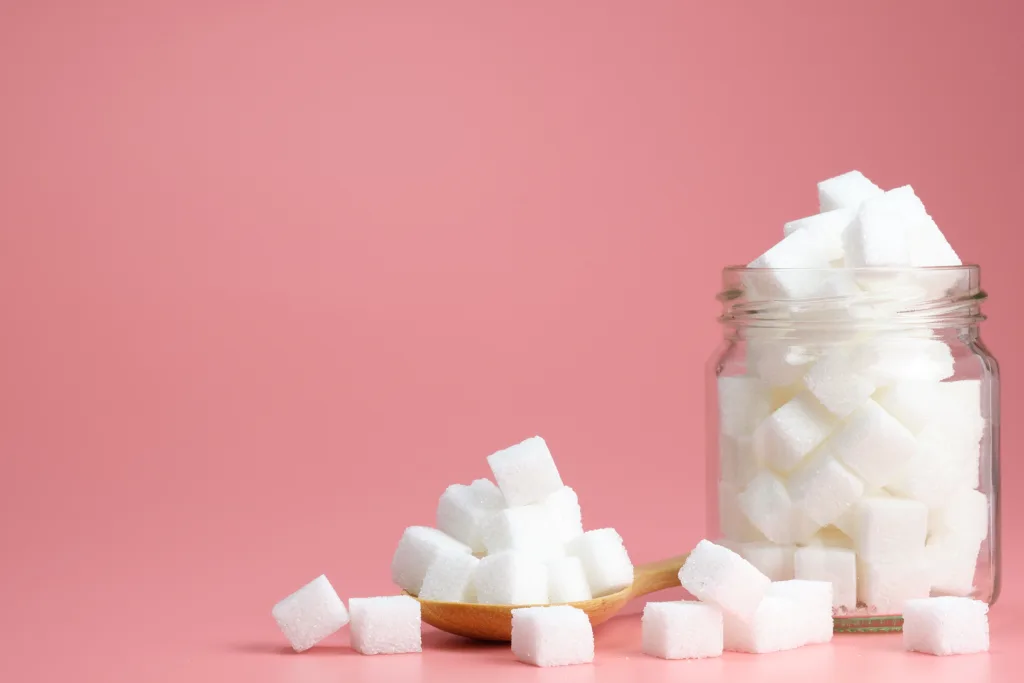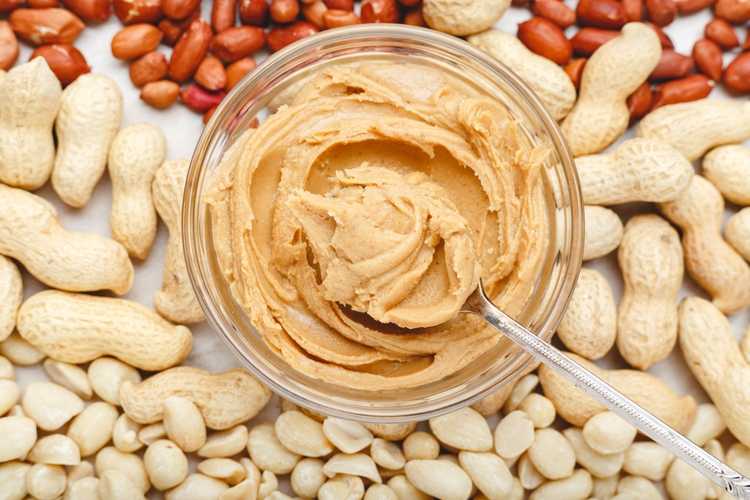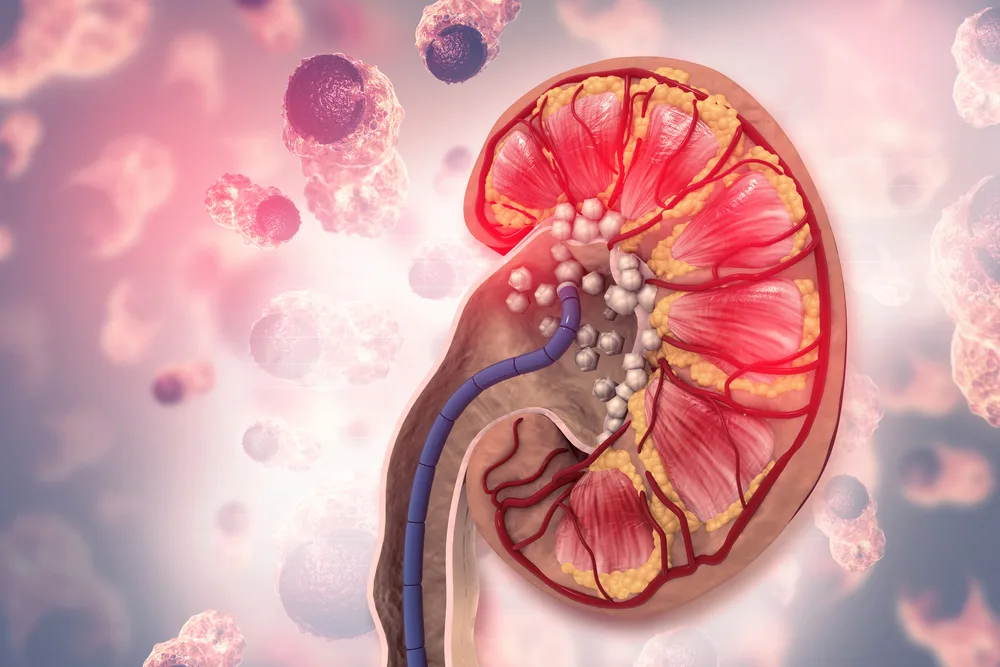Table of Contents
Though the term “hyperglycemia” may ring a bell for some, precisely what does high blood sugar feel like? Do sugar rush symptoms only happen in people with diabetes? The rise in blood sugar can be more than just a temporary energy surge. Especially if you have diabetes, sometimes your symptoms are a red flag indicating that your diabetes is out of control.
New to the scene? No need to stress! We’ll give you a complete rundown of all high blood sugar symptoms. You’ll also be equipped with the signs that diabetes is getting worse.
What does high blood sugar feel like?
High blood sugar (technically hyperglycemia) primarily affects people with diabetes. Hyperglycemia happens because your body does not have enough insulin or not using insulin effectively (1).
When we don’t make enough insulin (type 1), or our bodies don’t use it well (type 2), we may get diabetes. High blood sugar mainly impacts people with diabetes. There’ll be too much glucose (sugar) in your blood, and not enough of it is getting to your cells (1, 2).
Keep in mind that hyperglycemia can also pose risks for non-diabetic people as well. When you’re feeling sick, or your body experiences stress, your blood sugar levels may spike owing to stress hormones (2, 3).
The mild symptoms of blood sugar increase
People usually don’t feel any symptoms until their blood sugar levels are incredibly high. These symptoms can sneak up on them, so they might not notice anything at first (4).
Being cautious when observing these signs of mild high blood sugar and handle them with care (2):
- Increased urination: If your kidneys can’t keep your blood sugar in check, your body flushes it out through urine. In turn, your urine has high levels of glucose (5, 6).
- Increased thirst: When your body removes glucose through urine, it flushes out water. And then you might feel pretty thirsty as you become dehydrated (1).
- Weight loss: Suppose your blood sugar can’t reach your cells for energy. In that case, your body starts burning fat and breaking down muscle. You might end up dropping some weight unhealthily (7).
Fatigue and headaches: This can be traced back to the not-so-healthy weight loss (which breaks down your muscles) and dehydration (8).
Does high blood sugar make you feel hot?
With the rise in blood sugar, you might feel like you’re burning up or get all hot and bothered.
The main reason is the increased urination and fluid loss that trigger dehydration. When dehydrated, your body can’t keep your temperature in check, making you more likely to feel hot (8).
Moreover, having too much sugar in your blood could make it harder to sweat. Thus, it can raise your body temperature, dry your skin, and increase your risk of infection (9).
In some less common cases, long-term high blood sugar can lead to nerve damage which can cause numbness, burning, or tingling in your limbs, known as diabetic neuropathy (10).
People with high blood sugar may experience frequent urination and thirst, leading to unhealthy weight loss and fatigue. Some may feel hot and not sweat as much, and persons with long-term uncontrolled high blood sugar may eventually have their arms or legs feel prickly and numb.
Sugar rush symptoms—Behind the surge
A sugar rush is when you’ve just eaten a ton of sugar and suddenly bounce off the walls with energy or feel more alert. It’s due to the rapid absorption of glucose into your bloodstream (11, 12).
Yet, a subsequent crash or feeling of restlessness and fatigue occurs after a while (12). Because your blood sugar goes up and down quickly, you may long for more sweetness. This can create a vicious cycle of eating and craving.
Be cautious when this cycle happens since it may drive sugar addiction. Research shows that sugar can be just as addicting as cocaine and might even be more tempting (11).
Using a blood glucose meter is a common way to check if you have a sugar surge. It is a portable device that measures your blood sugar levels in seconds.
The American Diabetes Association recommends blood glucose ranges as listed below for those with diabetes, but always discuss with your medical provider as your goals may differ (12, 13, 14):
- Before a meal: 80‒130 mg/dL.
- Two hours after you start eating: Less than 180 mg/dL.
Sometimes, your sugar spike implies you have diabetes – When your blood glucose is higher than 125 mg/dL while fasting and greater than 180 mg/dL 2 hours after you eat (15).
Patients have pre-diabetes when their fasting plasma glucose is 100‒125 mg/dL. A blood test called “hemoglobin A1c level” is an accurate way of measuring glucose control over time, and a level of 6.5% or higher is a clear indicator that you might have diabetes, with consistently high blood sugar levels (15).
In this case, your best solution is to seek advice from a doctor or healthcare provider. They’ll give you a physical check, ask about your family’s history of diabetes and other conditions, and give you a plan of action.
A sugar rush occurs after you eat a large amount of sugar, increasing energy and alertness. Yet this is followed by a crash, characterized by restlessness, fatigue, and cravings for more sugar. Monitoring blood sugar levels can help if the surge is temporary or indicates diabetes.
What causes spikes in blood sugar? The sweet dilemma
If you have diabetes, no matter how well you manage it, you’ll probably deal with blood sugar spikes.
Sometimes even people without diabetes can get hyperglycemia. It may happen when they have issues with certain meds or are dealing with some severe illnesses (2, 3).
Unveiling what happens when diabetics eat sugar
Your body needs insulin to keep blood sugar levels in check. Insulin will give the signals for cells to absorb and store glucose. But if there’s not enough insulin or it’s not working right, blood sugar can build up in your bloodstream and result in high blood sugar (16).
When someone has type 1 diabetes, their high blood sugar is typically caused by genes, the environment, and immune system issues. Their pancreas can’t make enough insulin (1, 15).
For people with type 2 diabetes, their body doesn’t respond to insulin appropriately. In turn, their blood sugar goes up (1, 15).
People with diabetes can also suffer from the “dawn phenomenon,” an upsurge in blood sugar and insulin needs in the early morning, around 3‒8 am (17, 18).
To avoid those pesky spikes, stick to your diabetes eating plan and correctly take your medications (especially insulin). Besides, people with type 1 diabetes must follow medical recommendations for treating low blood sugar (2, 13, 19).
Who is at risk of blood sugar increase?
Once again, problems with insulin take center stage. If your pancreas or endocrines don’t work well, or you’re battling severe illnesses, you are more prone to hyperglycemia (2, 15).
Also, your blood sugar may increase if you (1, 15, 20):
- Eat more than regular levels, especially carbs-heavy foods.
- Fast for a long while before eating.
- Have stress from an illness, such as a cold or flu.
- Have psychological stress.
- Being not very active or living a sedentary life.
- Take certain medicines like steroids, epinephrine, phenytoin, and estrogens.
- Have surgery that’s still healing.
- Have a family history of diabetes.
- Weight more than 120% of the desired body weight.
- Have high cholesterol or high blood pressure.
Blood sugar spikes can occur in people with or without diabetes due to insufficient insulin production or insulin resistance. Also, people without diabetes should consider lifestyle choices, stress, medications, and related conditions that could cause high blood sugar levels.
Red flags: Signs that diabetes is getting worse
If your diabetes worsens, you may experience frequent urination, excessive thirst, and uncontrolled weight loss. Moreover, if it keeps rising over time, you could develop other serious complications. These include damage to the eyes, nerves, kidneys, and heart (15).
The longer you leave this condition untreated, the more severe the symptoms can get (2).
Diabetes out of control
If you often have high blood sugar symptoms, you should check with a doctor for a diagnosis. The signs below can imply that diabetes has become more severe.
Diabetic ketoacidosis
If your blood glucose exceeds 240 mg/dL, you might get diabetes-related ketoacidosis (DKA). In this case, you must check your urine for ketones (1, 21).
In people with diabetes, the liver uses fat (but not sugar) for energy, which creates ketones. Since ketones are acidic, when your body contains too many, your blood and body may become too acidic (2, 22).
Your kidneys try to neutralize this by keeping bicarbonate ions. For this reason, people with DKA have low levels of bicarbonate in their blood (23).
Key symptoms associated with DKA are (1, 2, 15, 21):
- Fruity-smelling breath
- Have trouble breathing
- Nausea and vomiting
- Pass out (lose consciousness)
- Dehydrated skin and mouth
- Flushed face and confusion
- Muscle stiffness or aches
- Abdominal pain
- Very tired or sleepy
DKA often happens to people with type 1 diabetes when the patient gets an injury, infection, serious illness, misses insulin shots, or has surgery (22).
If you have a ketones test at home, check your level every 4 to 6 hours when your blood glucose is high or if there are any DKA symptoms. But if you don’t have one, contact a healthcare provider for emergency medical help (2, 24).
Diabetic hyperglycemic hyperosmolar syndrome (HSS)
Suppose you have type 2 diabetes, sometimes your blood sugar goes extremely high (above 600 mg/dL), but you don’t have ketones (as insulin still inhibits ketogenesis) in your blood. This complication is diabetic hyperglycemic hyperosmolar syndrome (HHS) (17, 23).
The death rate in H.H.S. can be up to 20%, which is about 10 times higher than that seen in DKA (23).
Because of extremely high blood sugar, you might be dehydrated, and your blood becomes concentrated. Scientists call this hyperosmolarity or high blood osmolarity (19).
The impact of hyperosmolarity on the brain can be significant. It is important to slowly lower blood sugar under medical guidance to prevent the risk of cerebral edema or brain swelling (23, 25).
In treatment, if the serum osmolarity level drops too fast, you might suffer brain swelling (cerebral edema).
The main thing that sets HHS apart is when you start seeing some neurological signs. Your brain might not get enough blood flow when you are dehydrated, causing serious problems (23):
- Difficulty moving
- Blurred vision
- Confusion and coma
Severe dehydration from HHS can also affect the skin. Typically, your skin might lose its elasticity, and it takes longer for your capillaries to fill up again. The condition can be brought on by an infection or heart problems.
In that case, you may have the following signs (23):
- Fever, headache, and dizziness
- Feel tired or weak
- Breathing faster than usual
- Pain or tightness in the chest
- Heart beating irregularly
It’s important to take the right dose of your diabetes meds to avoid HHS. You should discuss all medications you take, especially those that may increase fluid loss, with your doctor.
When a rise in blood sugar warrants medical attention
Contact your doctor immediately if you have a high blood sugar level and experience the symptoms of DKA and HHS.
If you notice the sign but can’t reach your doctor, head to the emergency room or dial 911. Both DKA and HHS need to be treated immediately (24).
Complications related to blood sugar increase
So, having too much sugar in your blood can hamper blood flow and acidity in your cells and make more harmful molecules. They can trigger problems with your immune system, blood clotting, and kidney, nerve, and muscle function (10, 20).
Check out these significant complications that come with long-term diabetes (6, 10, 20):
- Heart attack or stroke
- Damage to the eyes and blindness
- Kidney disease or failure
- Nerve damage (neuropathy)
- Amputation (removing body parts)
- Stress and depression
Complications can creep up on you slowly and without warning signs. That’s why it is important to contact your doctor regularly, even if you’re feeling well.
The good news is that catching the signs early might help prevent any conditions.
Serious complications can arise when diabetes is left untreated, affecting the eyes, nerves, kidneys, and heart. DKA is when your blood sugar and ketone levels are extremely high. HHS, on the other hand, is when your blood sugar is sky-high without ketones. Both require immediate medical attention.
Summary
In case you’re uncertain about the rise in blood sugar levels, don’t hesitate to seek knowledge:
- Common symptoms of hyperglycemia are: increased urine and thirst, weight drop, and fatigue. They often attack people with diabetes, but non-diabetics may experience them due to stress, diet, and medications.
- Sugar surge symptoms are when your energy or alertness is given a boost. Yet this is just a temporary scenario, followed by a crash characterized by restlessness, fatigue, and cravings for more sugar.
- Common signs that diabetes is getting worse are fruity-smelling breath, coma, blurred vision, chest pain, irregular heart rate, and difficulty moving. They can be signs of developing DKA (type 1) or HHS (type 2) in diabetes.
- Serious complications can arise when diabetes is left untreated, affecting the eyes, nerves, kidneys, and heart. Regular check-ups with a doctor are essential to detect and manage complications early.

















Comments
0